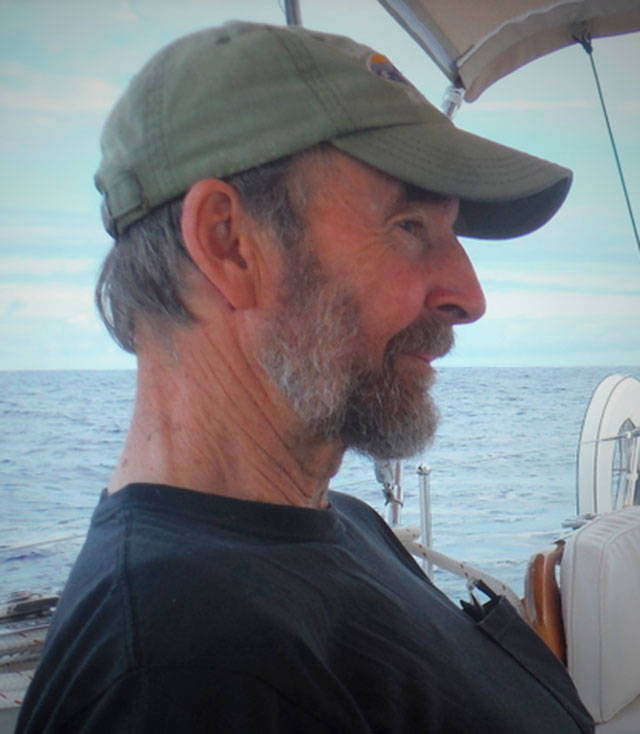Let’s talk about salmon and fireworks.
Maury Island’s shore, which includes all of Quartermaster Harbor, is an aquatic reserve, and recent state funding continues work to keep its water and shoreline healthy — work that’s critical for salmon and orca populations. Our own best salmon run originates in Judd Creek, and inner Quartermaster is their first haven when the young fish move out of the creek and begin foraging in salt water.
For 20 years, I’ve enjoyed the annual fireworks show in the harbor as much as anyone. But now that salmon and orcas are in serious trouble, I am rethinking: How can the intense concussions right above this sensitive water body, as well as all the toxic stuff that falls down into it, not be damaging the life in that water — the small plants and animals (here I get to use these words: phytoplankton, zooplankton, copepods) that the rest of the food chain, salmon and killer whales among many others, depend on? The toxins accumulating in our estuary include perchlorate (the most common oxidizer) and most likely strontium, barium and antimony. Lead and chromium are banned in this country, but are still common in imported fireworks.
The fireworks have been a source of joy for the community. But maybe it’s time to weigh that pleasure against the damage. Could the unseen silver glint of salmon swimming toward their home water replace the hit of an awesome high explosion of color? That could require a lot of imagination. Still, disagreeable though it might be, a halt to the display might be the best approach. We might make 2018’s show the finale — go out with a bang?
Or we could taper off from our habit, if we had the will power: do the show only every third or fourth year. Advantages: reduces the toxins to a fraction of the current level and gives the harbor water, and the wildlife in and around it, three or four years to recuperate. Plus, with an extended period between shows, wouldn’t our anticipation and enjoyment be that much greater?
Let’s be honest. Inner Quartermaster, with its settled shores, its bulkheads, its marinas and boat traffic — it’s no pristine bay out in the wilderness. But we’ve expended a lot of effort in trying to restore its health: cutting way back on septic contamination, thinning the crowd of tethered boats, upgrading the moorings to be sea-floor friendly. It seems logical to take this voluntary step toward making this part of the reserve a good place for all the small, critical critters to inhabit. They may be mostly unseen, but in some numbers, at least, they’re still there. Juvenile salmon can be found hanging around the mouth of Raab’s Lagoon, and the few scattered diving ducks are making some kind of a living. The underwater community doesn’t get to have a voice in this debate. It’s up to us to take its existence into consideration.
It’s a tough subject — but one we should discuss. What do you think?
— Richard Bard works as a writer and offshore mariner and is deeply interested in water.



